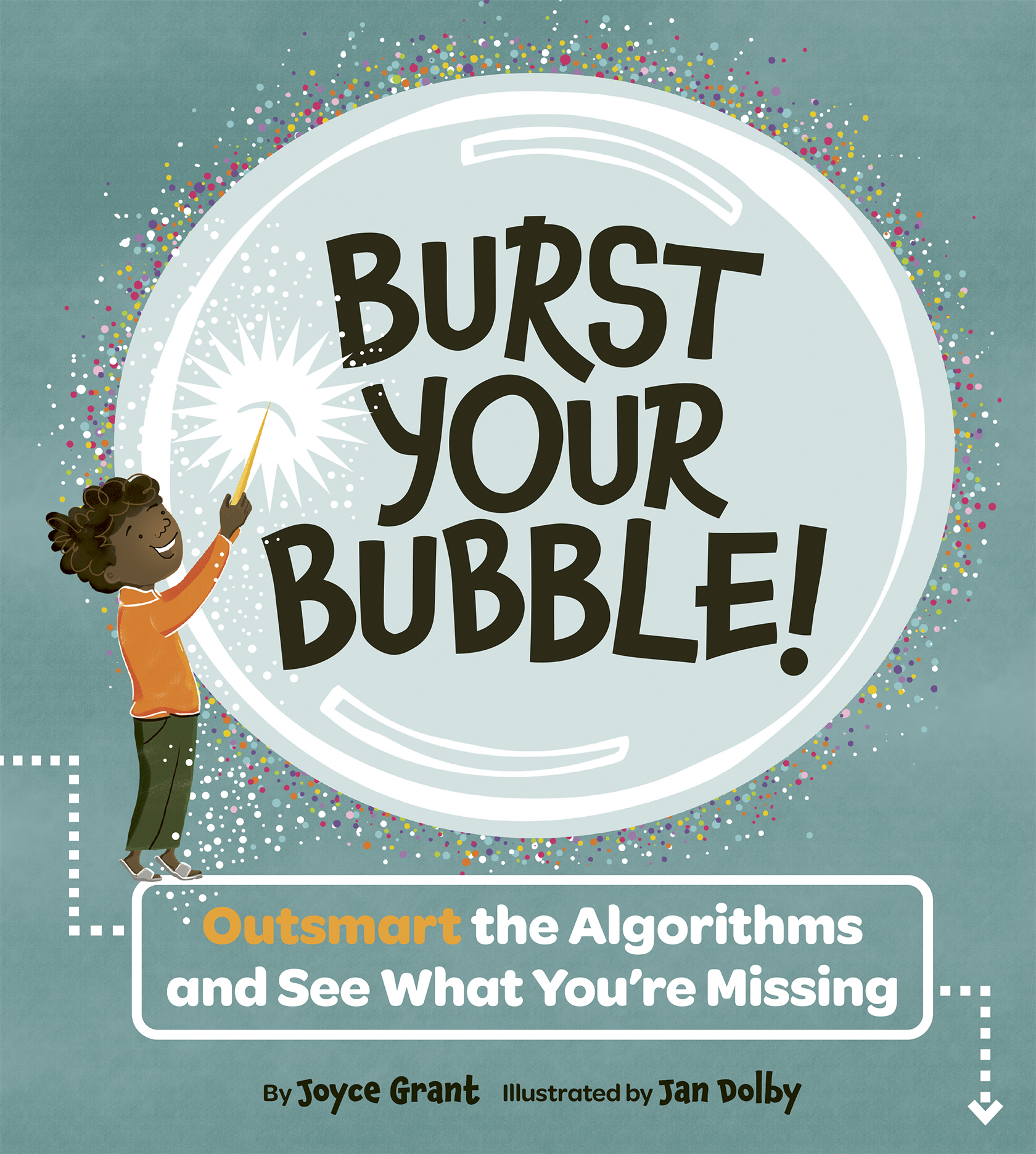Pit, or no pit? That is the question that people on social media have been asking about this photo of an avocado.
We don’t know, and we may never be able to find out for sure, but the debate has gone viral on social media, pitting those who “see” it against those who don’t.
For some people, it is obviously an avocado that has been cut in half, with the pit, or seed, still in place. Other people are just as sure that there is no pit in the avocado, only the hole left behind. And many people can see it both ways.
One woman who could see the avocado both ways decided to analyze the photo very carefully. She arrived at the conclusion that there is a pit.
Some people had argued that there was no pit, because the pit should be a much darker colour than the flesh of the avocado. The woman used a filter to increase the contrast between light and dark in the picture. This made the centre of the avocado darker than the flesh around it, making it look more like a pit.
She also noticed that the shadow on the table under the avocado was very small. That made her think that the avocado hadn’t been cut into two equal halves. This piece was much thinner than half.
To support that argument, she noted that she could see the point on the bottom of the pit. Since the point should be right in the centre of the pit, that meant more than half of the pit was visible.
In her opinion, that proved the pit was there.
Optical illusion
The photo, and the fact that we can see it two different ways, is a type of optical illusion. (An optical illusion is an image that tricks our eyes and brain into seeing something that isn’t real.)
A famous example of this is the “hollow mask illusion.” A three-dimensional, hollow face mask has a convex side (the bumpy outside of the mask) and a concave side (the hollow inside of the mask). But when the mask is held a short distance away from a person, it will appear to be convex (with the outside of the mask turned toward the person), no matter which side the viewer is actually looking at.
Scientists are not sure exactly why this happens. One suggestion is that our brain “knows” we are seeing a face, so it interprets what it sees to match what it expects to see. Clues like shadows and shading that should tell us something is hollow are reversed in our brain to make us believe it sticks out instead.
This might also explain why some people see a pit in the avocado (convex), while others see a hole (concave).
In experiments with hollow masks, if the face is turned upside down, people are more likely to see it correctly as convex or concave.
As for the avocado? We may never know for sure what we’re seeing.
THINK AND DISCUSS
Do you see a pit? Why or why not?
In the second paragraph there is a pun, a word-joke based on two different meanings of a word. Explain the pun: pit/pitted.
What is an optical illusion? What other optical illusions do you know?
RELATED
A demonstration of the hollow mask illusion using Einstein’s face.
Examples of another type of optical illusion: reversible figure-ground images.
http://www.perceptionsense.com/2011/09/perception-reversible-figure-ground.html
The famous Internet dress-colour debate








